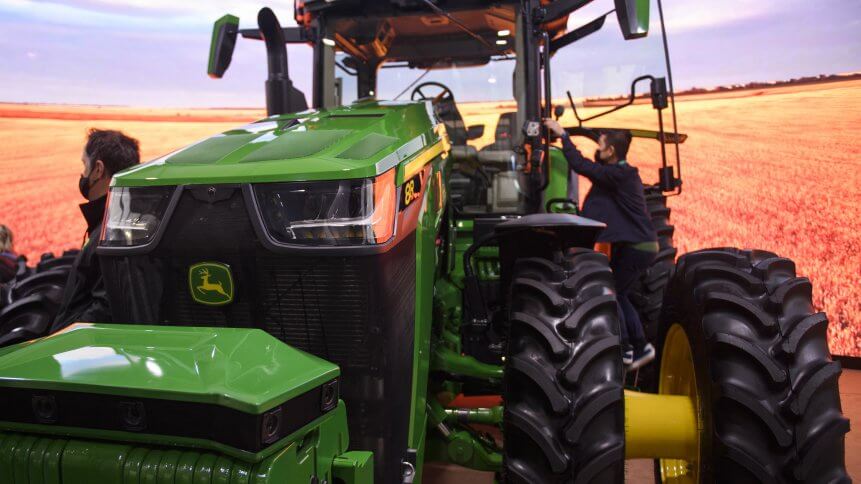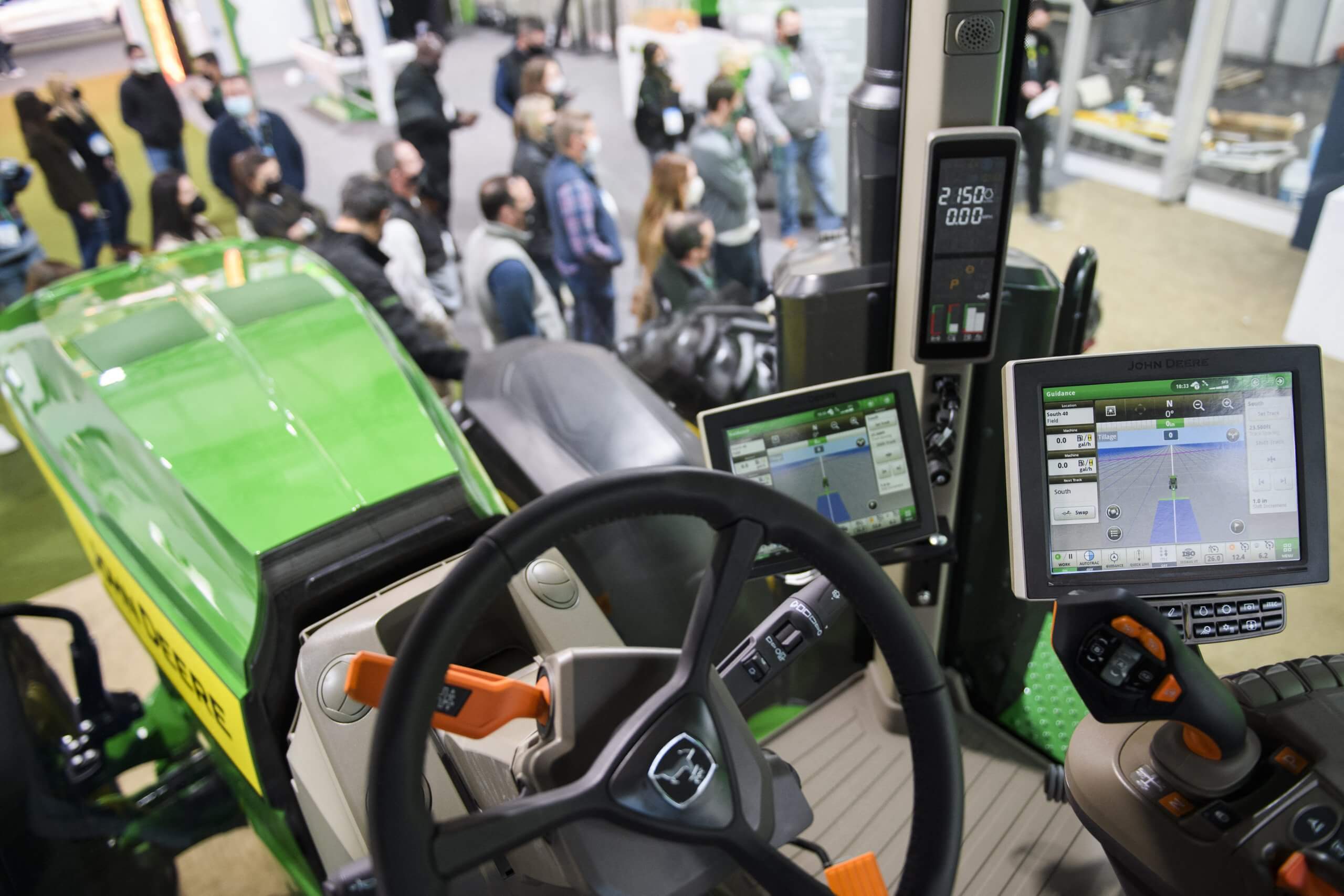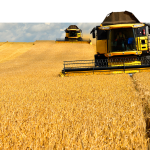
The big CES conference has long been a showcase for radical reinvention, but traditionally the agricultural sector in the US has been slower to embrace innovation. Case in point, efforts by the John Deere Co. to automate farm work and appliances has been met with continuous resistance, but not this year: at CES 2022, the company revealed that it was ready to start commercial rollouts of its inaugural robot tractor, which can till the fields without any human operator onboard.
This is the first time that the pioneering Deere company looks set to bring a robot tractor fully to market, after numerous attempts by itself and others like Caterpillar to automate farming and mining machines like tractors and frontloaders. The issue was further compounded by the COVID-19 pandemic which saw farming communities threatened by significant labor shortages as the usual immigrant communities that assisted during harvests were scuttled by health precautions.
Farmers had to scramble to gather the necessary workforce from available resources, hiring high school students and laid-off oilfield workers to supplement their talent in time to bring in wheat crops, which the US is the third-biggest exporter of globally, amidst fears that a prolonged labor shortage could impact soy and corn harvests last year.

Inside the driverless cab of the John Deere 8R fully autonomous tractor. (Photo by Patrick T. FALLON / AFP)
According to farmers, out-of-season hires were also far more likely to quit prematurely and to require more training to be more proficient, demarking clearly why a commercially viable, automated robot tractor could make a sizable dent in the US$1.109 trillion US agriculture and food segment. Jahmy Hindman, John Deere’s CTO, told Reuters that the manufacturer was still considering whether they should sell their robot tractor, let it out for leasing, or offer it as a subscription package that could further allow for an ecosystem of upgrades, as hardware and software capabilities evolve.
YOU MIGHT LIKE

Agriculture 4.0 and the future of food
The approach has never been done before in automating farming vehicles in the US, and Deere is planning a low-key launch of between 12 to 20 machines in 2022, before scaling up the following year and beyond. According to Hindman, Deere’s journey to this stage of equipment automation had started out with satellite positioning tech and eventually hands-free operations of vehicles that were not fully automated, still requiring a driver in the cab while computerized vision systems monitored the tilling and shanks that churn young plant growth into the ground.
The soon-to-be-released robot tractor will further position front and rear stereo cameras to capture and transmit images to a human farmer or equipment manager, who can view the progress via a smartphone app. Mirrors help inform the supervisor if a rock jumps up and knocks a shank out of position, which would be visible in the reflection. Operators can plot the intended tilling route in the app, and bring the robot tractor to the desired field to get started.
CTO Hindman says that despite the self-driving systems not having to navigate roads and other traffic obstacles, driverless farming vehicles still need to navigate precisely, steer clear of obstacles, and properly maneuver and control specialized farming gear like the tiller and shanks. John Deere Co. is working on automating other aspects of the farming ecosystem, and Hindman says crop spraying is the likely next target for full-blown automation in the agricultural space.









